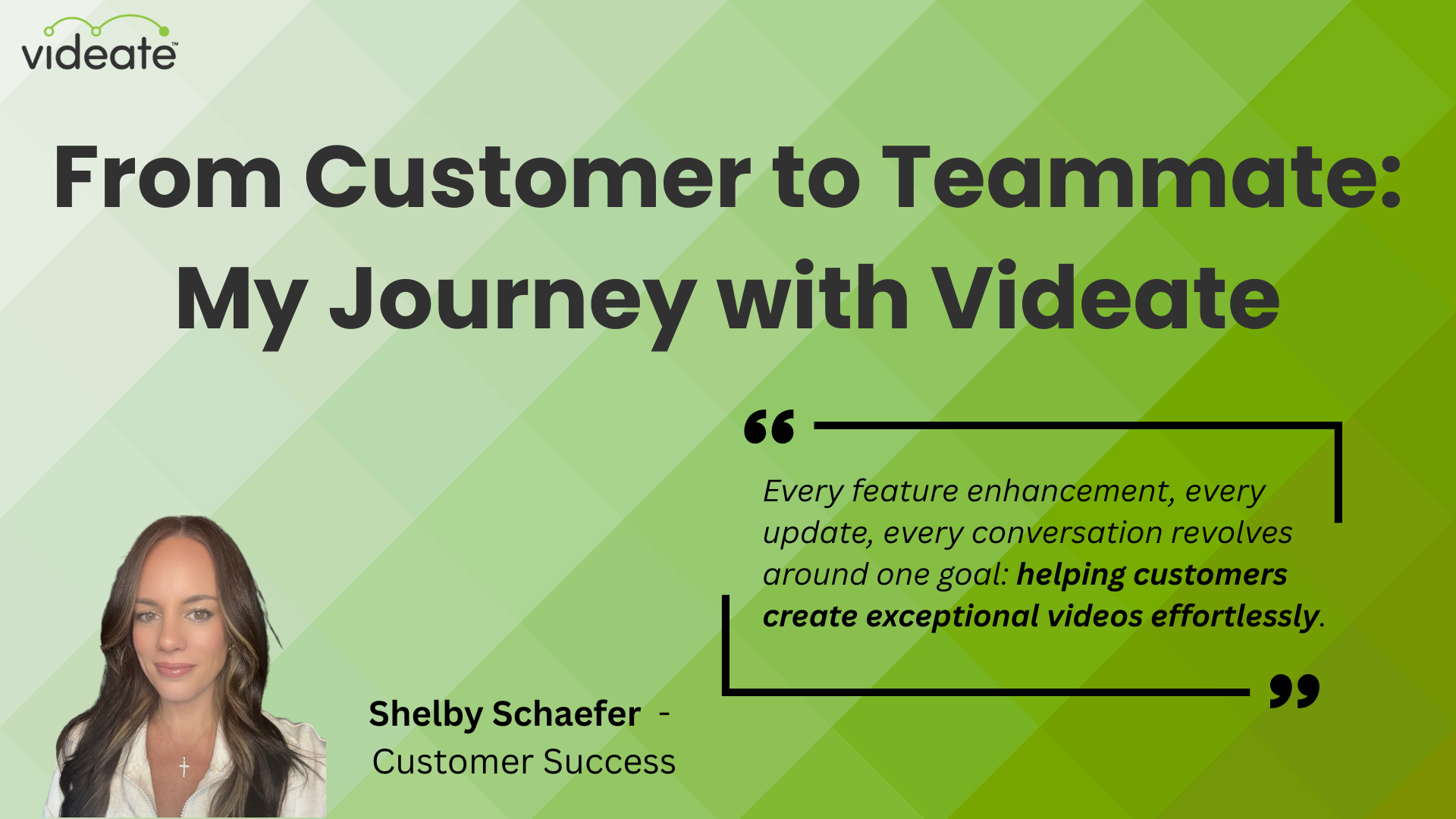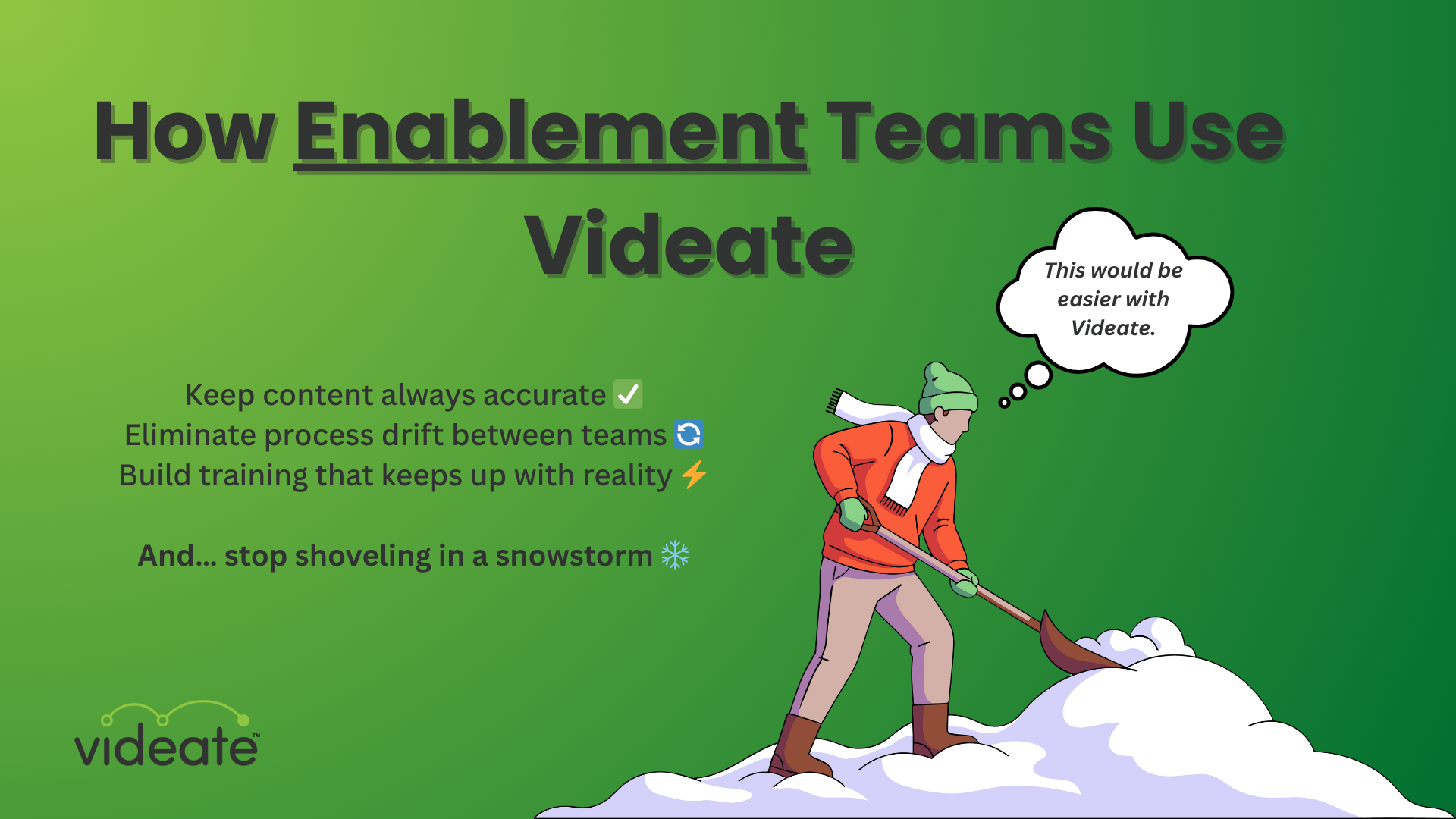
Getting customer onboarding right means the different between "stickiness" and ghosting.
And that's not a joke about Slimer.
 SaaS onboarding is super important because it's a customer's first real interaction with your service. Previously, they've probably only interacted with Sales. Now they're getting into the reality of working with you.
SaaS onboarding is super important because it's a customer's first real interaction with your service. Previously, they've probably only interacted with Sales. Now they're getting into the reality of working with you.
Do this right, and you'll set the stage for a long, happy customer relationship. With minimal ghost activity.
(That joke's about Slimer and churn)
Essentials of an effective onboarding process
Automated welcome emails-- bonus points for personalization
The moment someone signs up, they should get a welcome email. This isn't just a "Hi there!" It's a way to confirm their sign-up and tell them what happens next.
This could come in the form of a personalized message from their onboarding specialist. Thank them for joining up, outline the next steps, and provide contact info for any questions.
Personalization can go beyond just using their name—mention their company, their specific use case, or any particular needs they indicated during sign-up.
Product customization and setup
Help your customers tailor the product to their needs right from the start. This makes them feel like the product was made just for them.
This is the perfect spot for a video overview, or a brief tutorial video showing where and how set up everything to their liking.
Additionally, consider having a setup wizard or guided tour that walks them through the initial customization step-by-step.
Onboarding tasks (checklist time!)
Give new users clear, bite-sized tasks to complete. As they tick these off, they’ll feel a sense of accomplishment and be more comfortable with your product.
Make sure these tasks are actionable and easy to follow. A mix of tutorial videos, social proof ("you're ahead of 40% of other new users!" type stuff), and progress-tracking features can enhance engagement. Highlight key features and ensure they understand the most valuable parts of your product.
Provide a Knowledge Base
Offer a well-organized knowledge base where customers can find answers anytime. This reduces frustration and helps them learn at their own pace.
Include FAQs, how-to guides, and troubleshooting articles that cover the most common issues new users might face.
Common Pitfalls and How to Avoid Them
-
Information Overload: Don’t dump too much info on new users at once. Keep it simple and build up their knowledge gradually.
-
Lack of Personalization: Each customer is unique, so make sure your onboarding process can adapt to different needs.
-
Inadequate Follow-Up: Onboarding doesn’t end after the first week. Keep in touch with regular check-ins to ensure customers are happy and comfortable with your product.
Advanced SaaS Onboarding Best Practices
-
Interactive Product Walkthroughs: Use tooltips and guided tours to show off your product's features. This makes learning the ropes easier and more engaging.
-
Reward Systems: Celebrate customer milestones, like completing their profile or sending their first email campaign. Whether it’s a digital high-five or a small gift, these rewards boost morale.
-
Regular Check-ins: Schedule regular check-ins, especially during the first month. These touchpoints help address any concerns and keep the onboarding process smooth.
-
Leverage Data Analytics: Use data to understand how your customers interact with your product. This can help you tailor the onboarding process to better meet their needs.
-
Customer Feedback Loops: Ask for feedback during the onboarding process and use it to improve. This shows customers you care and are committed to getting better.
-
Highlight Customer Success Stories: Share stories of how other customers have succeeded with your product. This inspires new users and gives them ideas on how to get the most out of your service.
-
Build a Community: Create forums or user groups where customers can help each other. This not only provides support but also builds a sense of belonging.
-
Measuring Success: To know if your onboarding is working, track metrics like customer activation rate, time to value, and product adoption rate. Use tools and analytics to keep an eye on these numbers.
Frequently Asked Questions about SaaS onboarding best practices
What are SaaS onboarding best practices?
Effective onboarding should be simple, show value quickly, keep customers engaged, and provide clear communication.
How long should a SaaS onboarding process take?
The duration can vary, but it typically lasts from a few days to a couple of weeks, depending on the complexity of your product and the needs of your customers.
What tools can help streamline SaaS onboarding?
Look for onboarding software that offers automation, customization, and analytics. To make software how-to videos automatically and at scale, use Videate.
How can I improve customer engagement during onboarding?
Use how-to videos, regular check-ins, and rewards to keep customers motivated and involved.
Want to spice up your user engagement in the SaaS onboarding process?
The fastest (and best) way to get information into the eyeballs of your customers is through video.
And the best way to make videos fast, in multiple languages, at scale, is with Videate.
Videate's AI-powered platform automatically generates how-to videos, so it's fast and easy to build (and update) your tutorial video library.
Get a demo and see how Videate can supercharge your onboarding program!
.png)
How Customer Success & Education Teams Use Videate




